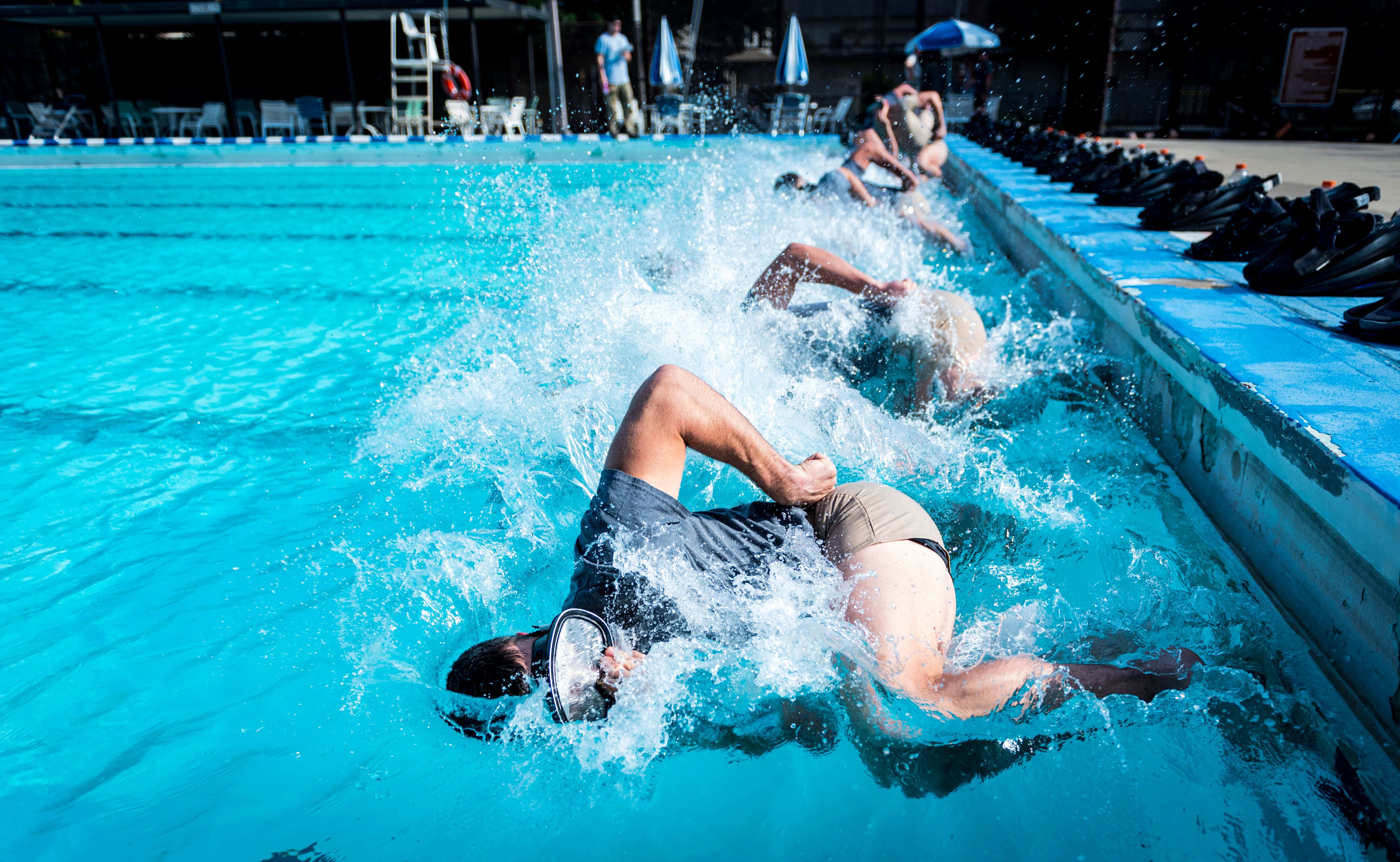An Air Force inspector general investigation into alleged favoritism in the service’s special operations enterprise concluded that leaders did not bend the rules for a female trainee who pulled out of contention for an elite combat job.
Air Force Secretary Frank Kendall green-lit the investigation after an anonymous letter posted to social media in January alleged that service officials are turning a blind eye to the captain’s poor performance as she ventures to become the first female special tactics officer. But the four-month inquiry found that Air Force special warfare standards were not lowered specifically to benefit women.
Leadership did, however, let the trainee restart after quitting late in the process. That did not amount to foul play, in part because Air Force rules did not expressly forbid reinstating pipeline dropouts, according to the watchdog’s final report published Tuesday. Her valuable insight into cyber operations and as a woman earned her unique opportunities as well.
“Facts did not support the letter’s claims of gender-based preferential treatment,” the report said. “The letter’s assertions are based mainly on … ‘cultural norms,’ knowledge of half the story and widely spread speculation fueled by special warfare students, instructor cadre and operators.”
About three dozen people provided sworn testimony to investigators or offered additional statements and information on related matters.
Special tactics is the Air Force’s name for a collection of commando jobs, including combat controllers, pararescue and special reconnaissance airmen, who are all led by special tactics officers. It’s a small cohort within the far larger Air Force Special Operations Command, comprising roughly 1,000 operators, and is the service’s most decorated community since the Vietnam War.
The female captain, called “Candidate X” in the report, is one of only a few women who have attempted to earn a commando’s beret since the Air Force opened the prestigious career fields to female airmen in 2016. None have succeeded.
“AFSOC and [Air Education and Training Command] are working together to ensure the training pipeline meets the demands of what we need for the operator of today and into the future,” the Air Force said in a statement provided to Air Force Times Tuesday. “Our commanders are meeting with their teams to ensure open communication about the investigation results and to address any questions/concerns.”
RELATED
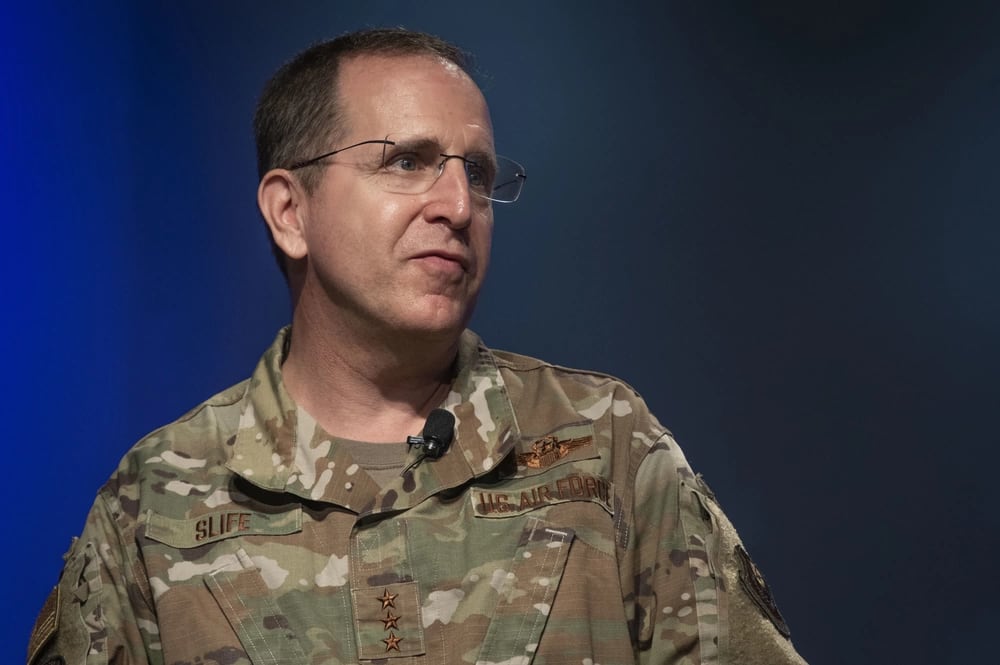
‘Just people chirping’
The anonymous letter-writer’s main criticisms focused on double standards for the woman in question, who was allowed to resume training after multiple incidents in which she was passed over or asked to leave.
Air Force Times is withholding the female airman’s name for privacy reasons.
In one instance, the letter alleged the woman tried to quit pool training — a prerequisite for combat diving — but was made to continue. The letter also claimed that she was not chosen to proceed to formal special tactics courses, but leadership overrode the decision, and that she was unfairly given another chance after dropping out of a land navigation course.
The IG report portrays a web of misunderstandings, conflicting notions of what special warfare training should entail, and confusion in the AFSOC community about which fitness benchmarks were in effect at various times throughout the past few years.
RELATED
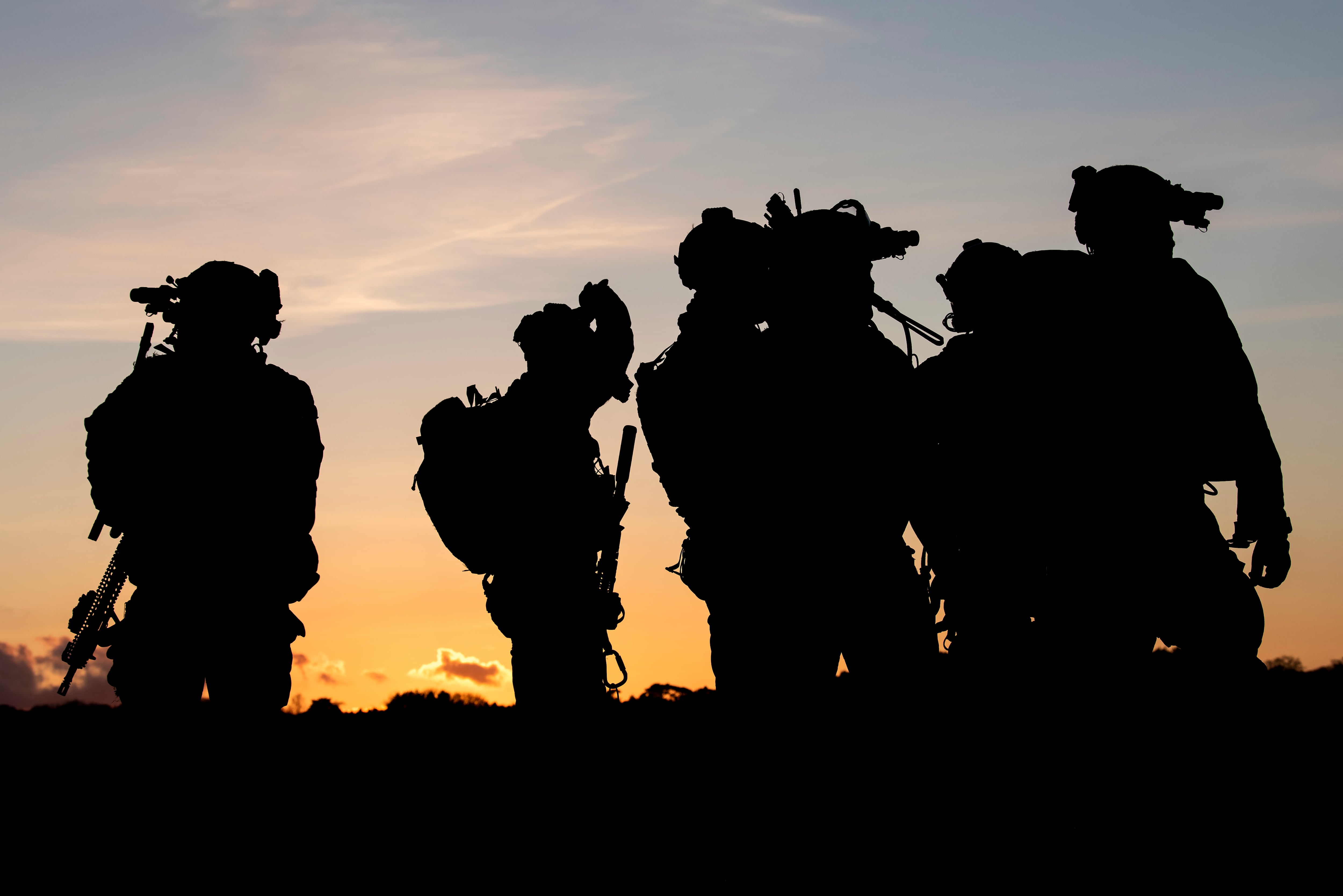
The anonymous writer took issue with an incident in fall 2018 during “water confidence” training, part of the weeklong “Phase II” process that decides who gets to start years of formal special tactics courses.
The woman allegedly disqualified herself during the water training session, but was allowed to continue. One witness testified that the captain left the pool and said she was done, but the female airman contends she didn’t speak at all, according to investigators.
“People started saying that they heard … she said she was done,” one witness told investigators. “I don’t hold much value in that. … I think it was just people chirping.”
Other airmen leave the pool and get back in, an instructor who spoke with the candidate poolside testified: “She wasn’t treated any differently than anybody else was at that point.”
The instructor said the woman never explicitly mentioned quitting, but was concerned about letting her team down while she struggled with one part of the drill, according to the report. When he asked whether she intended to quit, she said no.
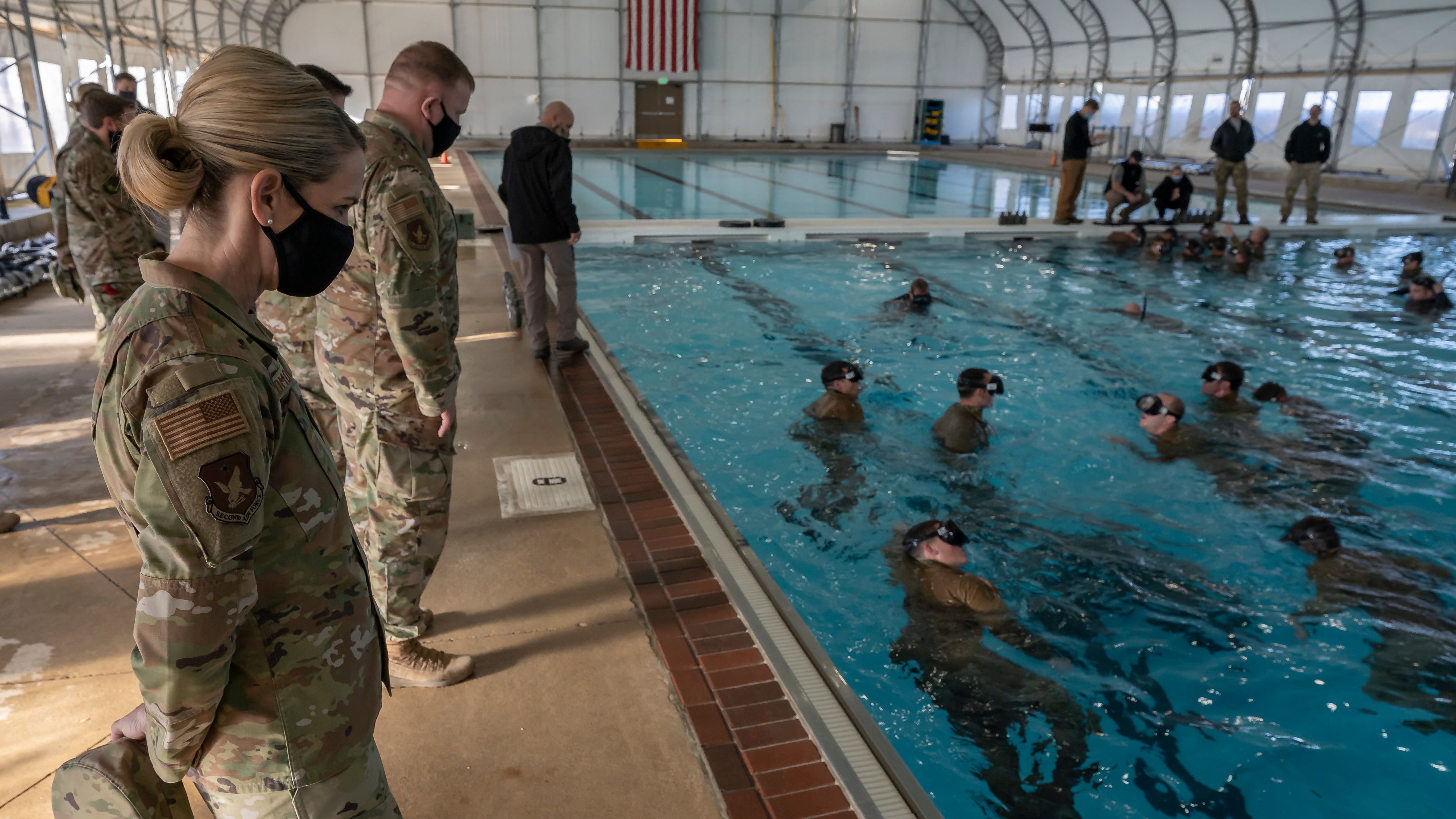
“My intention was to help my team because the event that we were currently in was very difficult, and they said [I] could help my team by getting back in the pool,” the woman testified. “That’s what I did. … I just was at a loss for what we needed to do in order to progress [to] that solution.”
The Air Force argues that her actions did not constitute a “self-initiated elimination,” or decision to stop pursuing special warfare, saying that training rules allow candidates to pause to gather their thoughts and directly answer how they plan to proceed.
Self-eliminations are only official when someone relinquishes their rifle, the report said. It defined the female candidate’s pool incident as “quitting by action.”
“One instance of [quitting by action] does not constitute the end of a candidate’s Phase II evaluation,” the report said. Someone must quit three times in separate events to be kicked out of Phase II.
RELATED
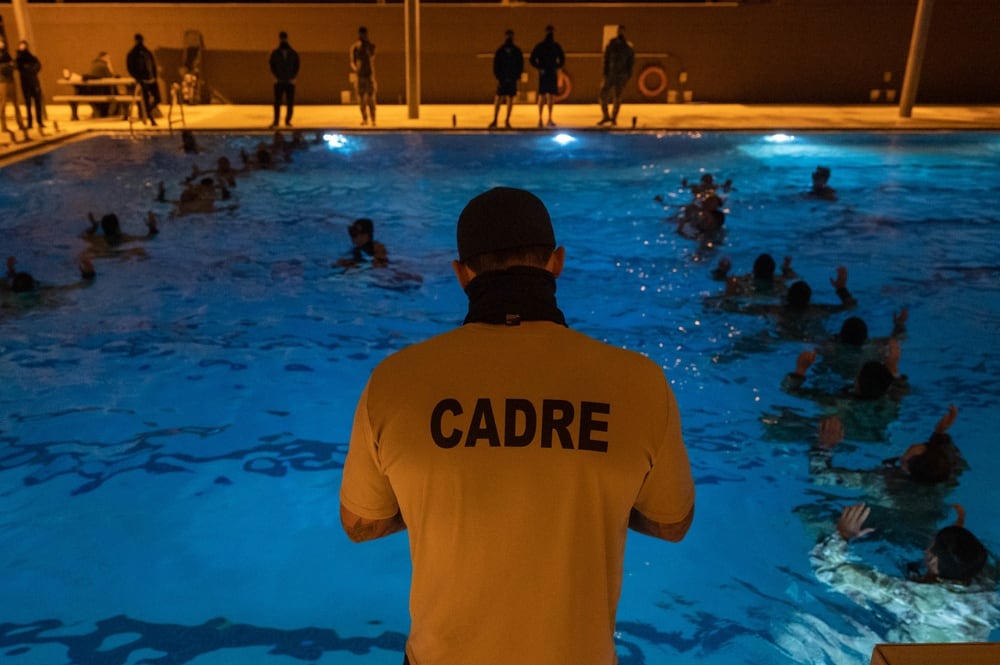
Another witness said it’s not unusual for male candidates to do the same and be allowed to finish Phase II: “You’re just getting data points on that person.”
At the end of the week, the same witness said, the woman didn’t quit — but she wasn’t selected. Only one instructor voted for Candidate X to continue. Of those who did not, nearly three-fourths of the instructors voted to give her another chance in a year or less.
“The decision to allow her to complete the session followed written … standards,” the report said. “Candidate X’s recommendation for reassessment was normal practice for candidates who showed strong potential to succeed in the special tactics career field.”
Most instructors voted for the woman to move on when she came back for a second try at Phase II in October 2019, the report added.
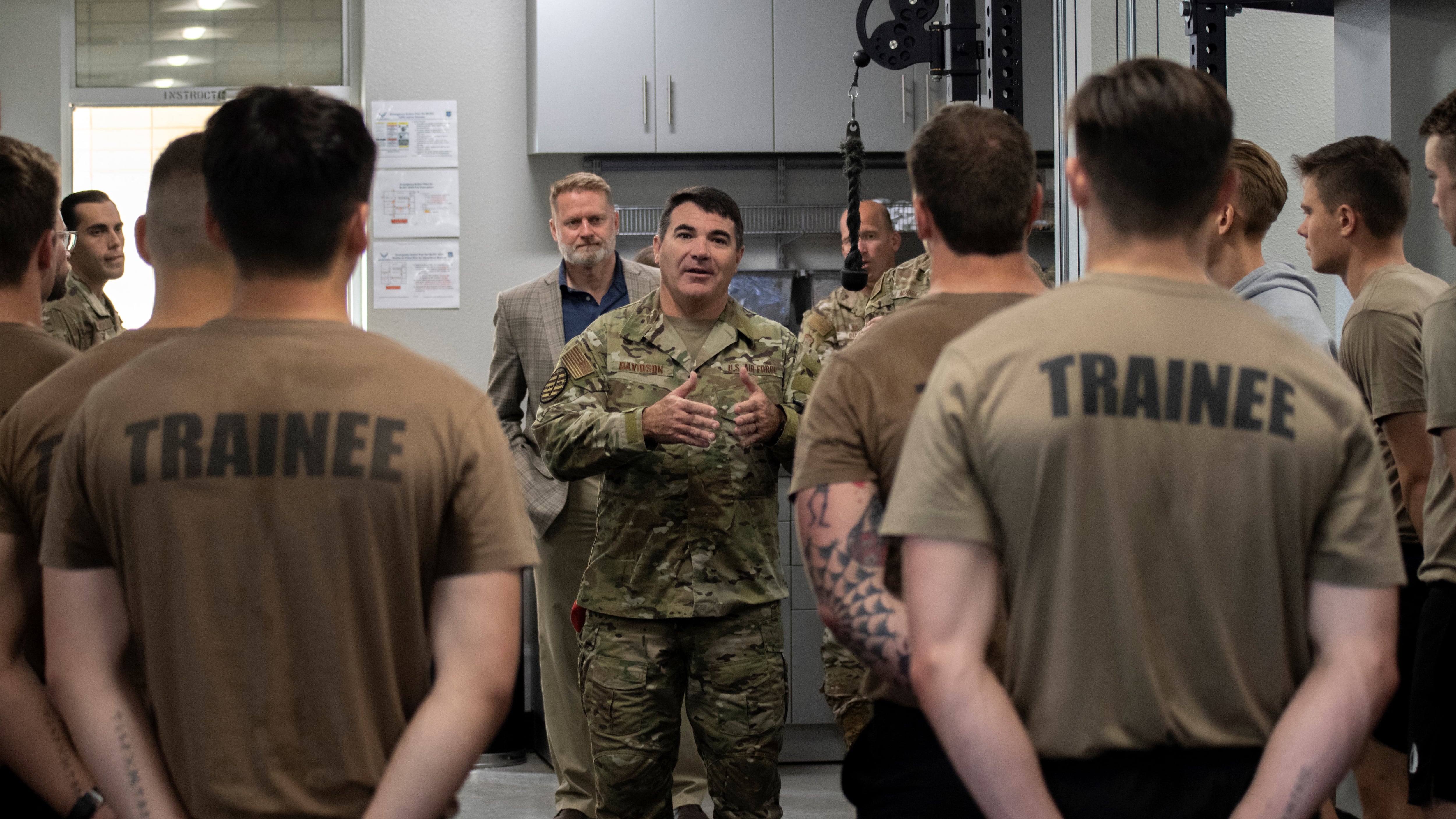
Pool issues continue
The candidate progressed to a diving preparation course in February 2020 but was not allowed to finish for medical reasons.
She was hurt about a week into the training and struggled with pre-dive tasks that aggravated the injury, the report said. Medical staff would not clear her to continue the course, and an instructor suggested she recover and try again later.
“There is no truth to the claim Candidate X quit the pre-dive course or was pulled from the pool by instructor cadre,” the report said.
The report did not specify the medical issue she experienced.
She restarted the pre-dive segment two months later at Hurlburt Field, Florida, where AFSOC held water training for a backlog of students that built up at the beginning of the COVID-19 pandemic. Classes also paused after a student died at the combat dive course.
RELATED
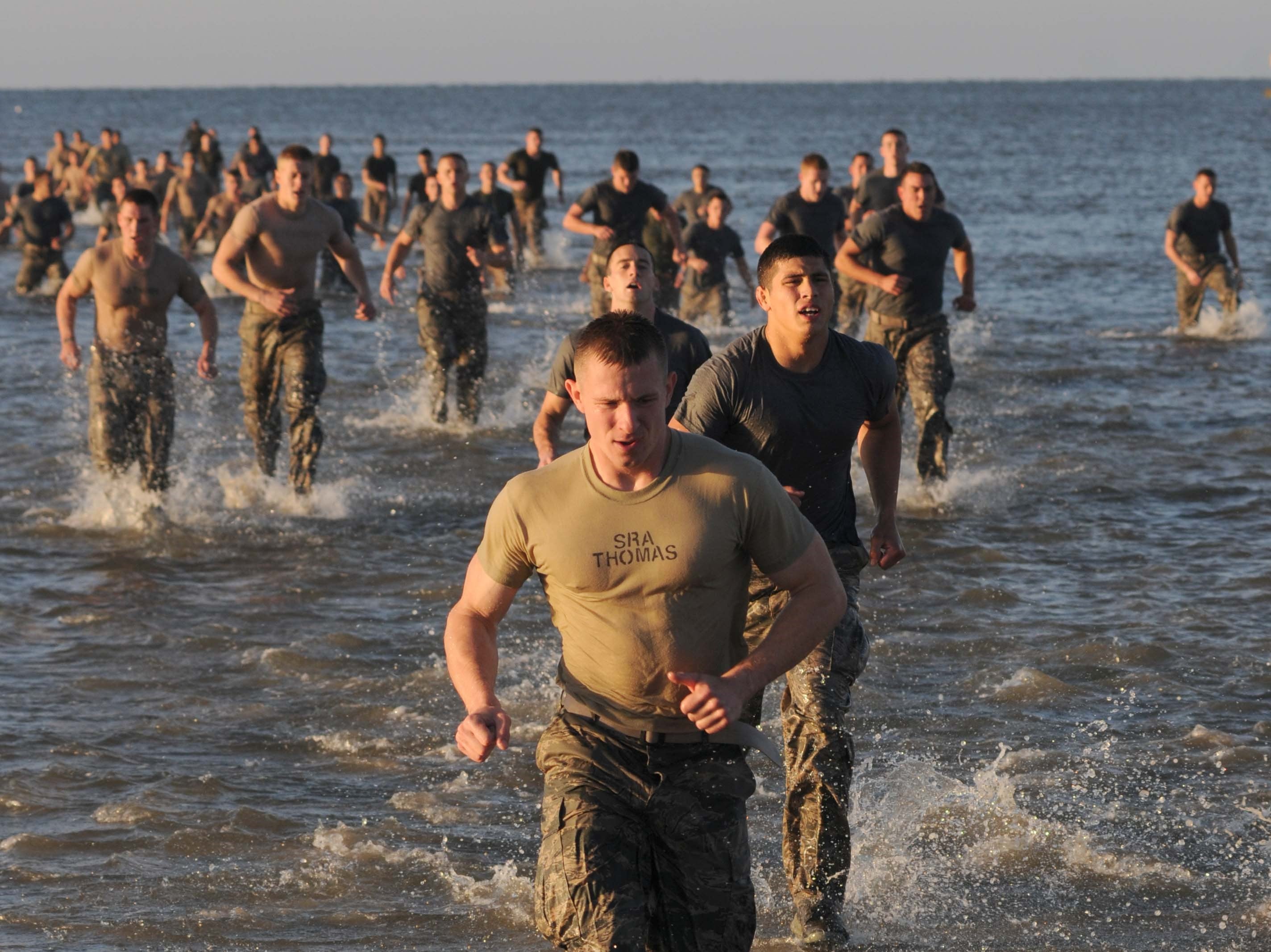
The pre-dive class in Florida used the same curriculum as the usual location in Texas, and was run by qualified instructors, the report said. Then the Army offered the Air Force up to 20 spots in its combat dive school in the Florida Keys, and the woman was among 15 or so airmen picked to go.
She progressed through sessions like airfield operations; survival, evasion, resistance and escape; and military free-fall, reaching the special tactics officer apprentice course at the Special Warfare Training Wing’s Combat Control School at Pope Army Airfield, North Carolina, in March 2021.
There, the woman quit during a land navigation portion of the course, a solo event in which trainees are tasked with using a map and compass to find their way to multiple points in the woods.
“Three witnesses who had firsthand experience with [her] … testified they were surprised she quit because she excelled in the course and was on course to graduate,” the report said, noting that instructors and students would openly disparage her in training.
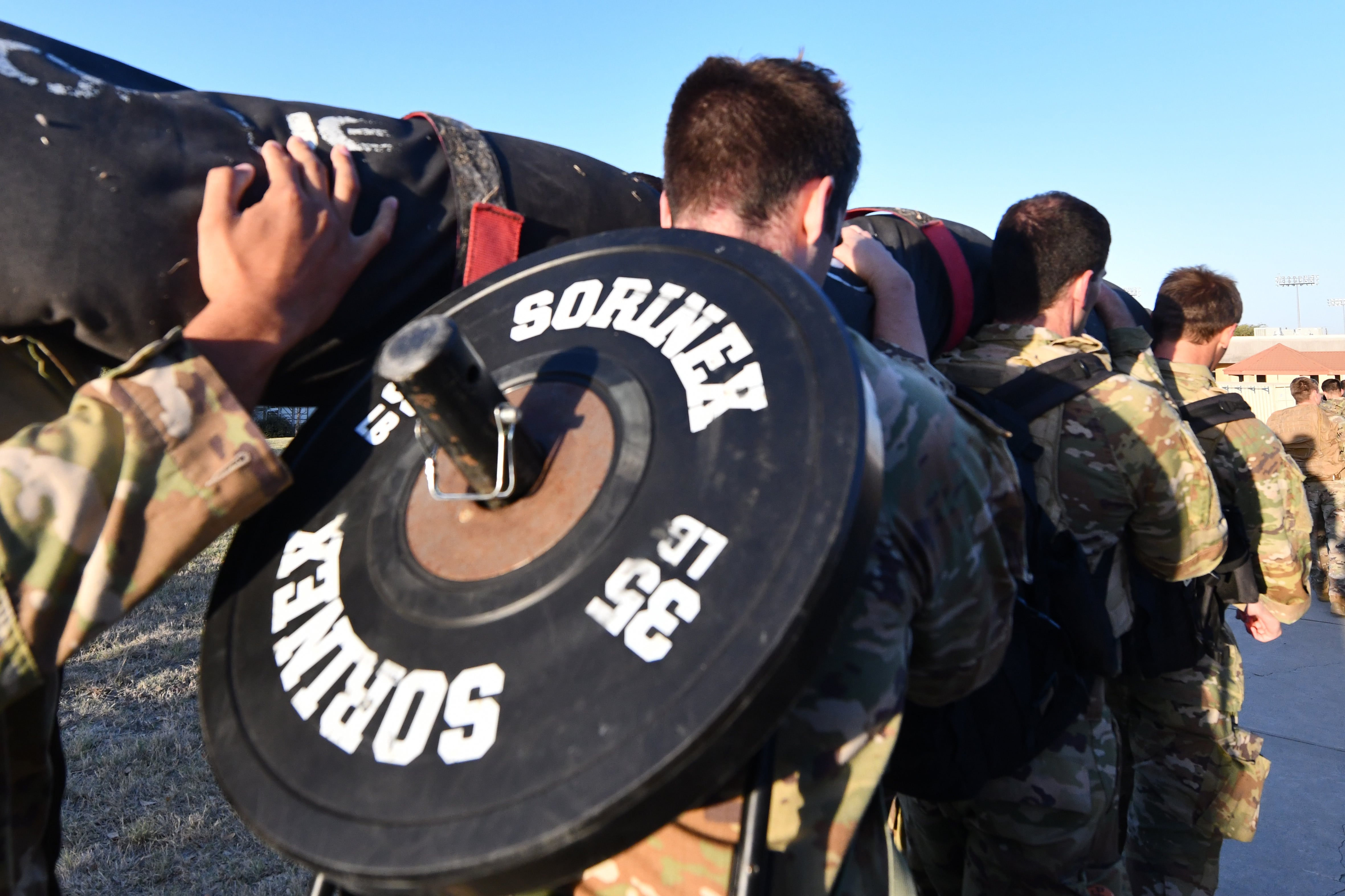
The IG review found the situation was unusual but not unheard of: Five special warfare candidates in the past 10 years have exited near the end of the process, but the female airman is the only one who asked to return.
“The point at which Candidate X self-eliminated — after completing most of the apprentice pipeline — was unprecedented, prompting [Special Warfare Training Wing and 24th Special Operations Wing] leaders to consider the circumstances that led a well-performing officer to [drop out] late in training,” the report said.
Though the Air Force suggested that other airmen who dropped out at various points in Combat Control School should be retrained into other jobs, citing Air Force policy, the woman’s paperwork advised supervisors to readmit her and “proceed [in accordance with Special Warfare Training Wing and 24th Special Operations Wing] determination,” Air Force Times previously reported.
Still, investigators concluded that the Air Force followed the same procedure as it would for other officers who are removed from training. The candidate went back to Hurlburt Field, as her peers did when awaiting their next course, and waited for reassignment.
In April 2021, she penned a report to command leaders detailing her time in the pipeline and disparities she encountered. Officials noted her experience has differed from her male peers in that she is given unequal facilities and treated disparagingly by others in the community.
The woman received an Air Education and Training Command form, signed by a top enlisted member of her squadron, recommending that she be considered for reinstatement if the training and ops wings allowed.
RELATED
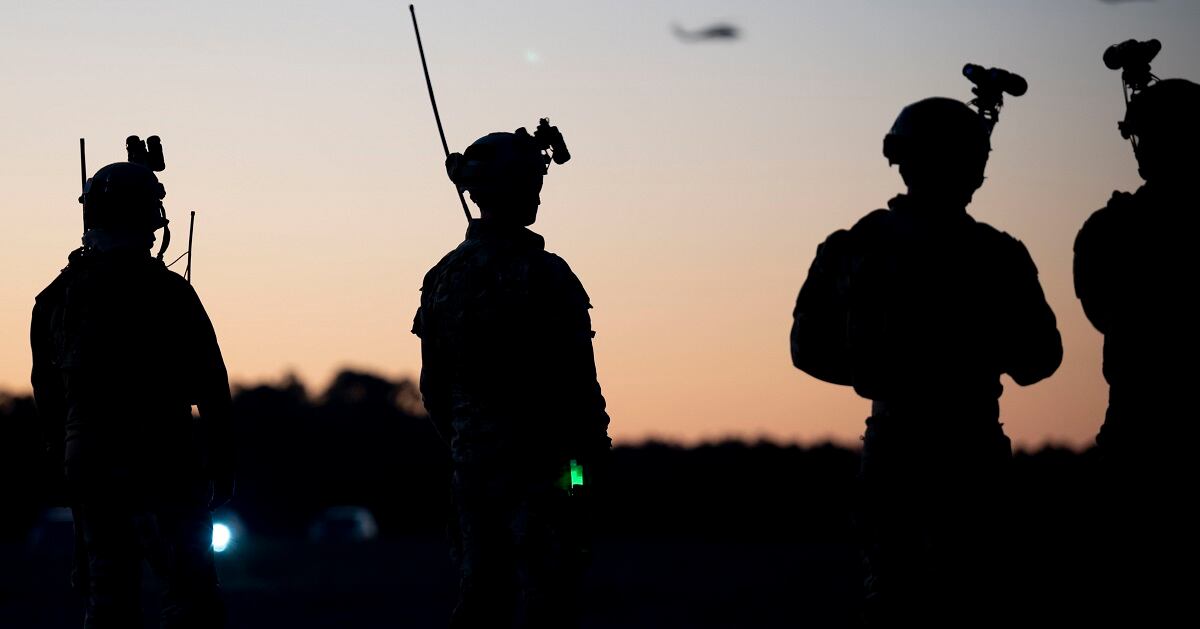
Her feedback and her performance in training led the 24th Special Operations Wing to give her another chance to finish the program, wing commander Col. Jason Daniels wrote in a Jan. 10 memo obtained by Air Force Times.
“She was performing at a level where I need her to be,” her unnamed squadron commander testified in the IG report. “I don’t know why she wouldn’t be given another chance.”
Back at AFSOC headquarters, command boss Lt. Gen. Jim Slife picked the woman to work at the Cochran Group — a sort of in-house special ops think tank — despite her lack of commando experience. Some witnesses told the IG it’s no different than how other Cochran staffers are chosen, and the group’s director praised her talent.
“Since there is a cyber component to the special operations ground force of the future, ‘her cyber background obviously was attractive,’” Slife told investigators. “[She’s] bright, and a good thinker and communicates well. She was well qualified.”
Another AFSOC staff member felt the woman was not uniquely qualified for the Cochran Group compared to other airmen, but that “she brought a lot of really strong experience … on how we could adapt the force to be more technically savvy and take advantage of cyber and space capabilities,” the report said.
The woman returned to Pope on March 31. Screenshots of trainee records there obtained by Air Force Times indicated further struggles on multiple occasions.
“On [April 12], you exhibited a failure to train by falling out of the land navigation formation ruck,” according to instructor comments obtained by Air Force Times. Candidate X “failed to maintain an 18:30-minute-per-mile average pace.”
The comments argued that the female airman lacked motivation after she lagged behind the group, even after trying to lead the team.
“I do not believe this is a drive issue, but do concur this is a physical fitness issue,” the woman answered. “Can be mitigated by strength. Don’t believe this is an aerobic capacity issue.”
A service spokesperson declined to comment on further allegations of favoritism since the woman returned to Pope, citing privacy for trainees in a high-stress field.
After the anonymous allegations went viral online, the Air Force said it was in the process of codifying the steps that an airman must take to return to training after quitting.
“For years, the 24 SOW standard operating procedure for [special tactics officer] selection and re-entry into the pipeline has been to wait for one year or longer before returning for another attempt,” Daniels said.
As one witness put it: “Word out on the street is, if you quit, you never come back. … We’ve learned over the years that’s not true.”
RELATED
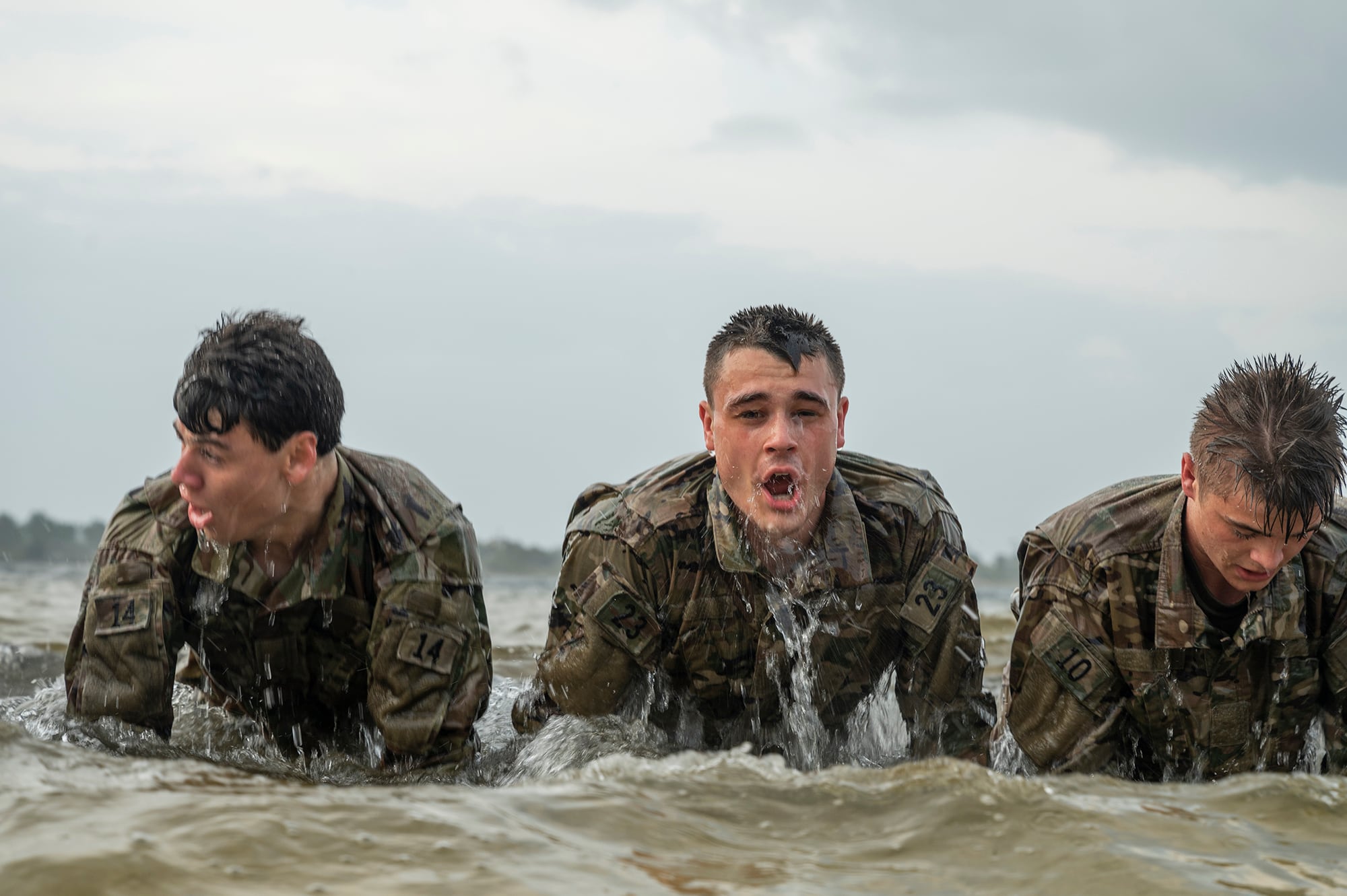
Conflicting fitness standards
The woman’s attempts to forge through the physically and mentally grueling special warfare curriculum have coincided with a yearslong effort to redefine the qualities the Air Force seeks in its modern elite airmen.
PT standards changed right as the female officer arrived at Combat Control School in 2021, as Air Force Times previously reported. Many critics attributed the change in standards to her arrival, but the IG argued it was part of the broader review of fitness testing and unrelated to her performance.
Special tactics officer hopefuls face two separate tests: one that all special warfare airmen take annually, and another built for the special tactics career field.
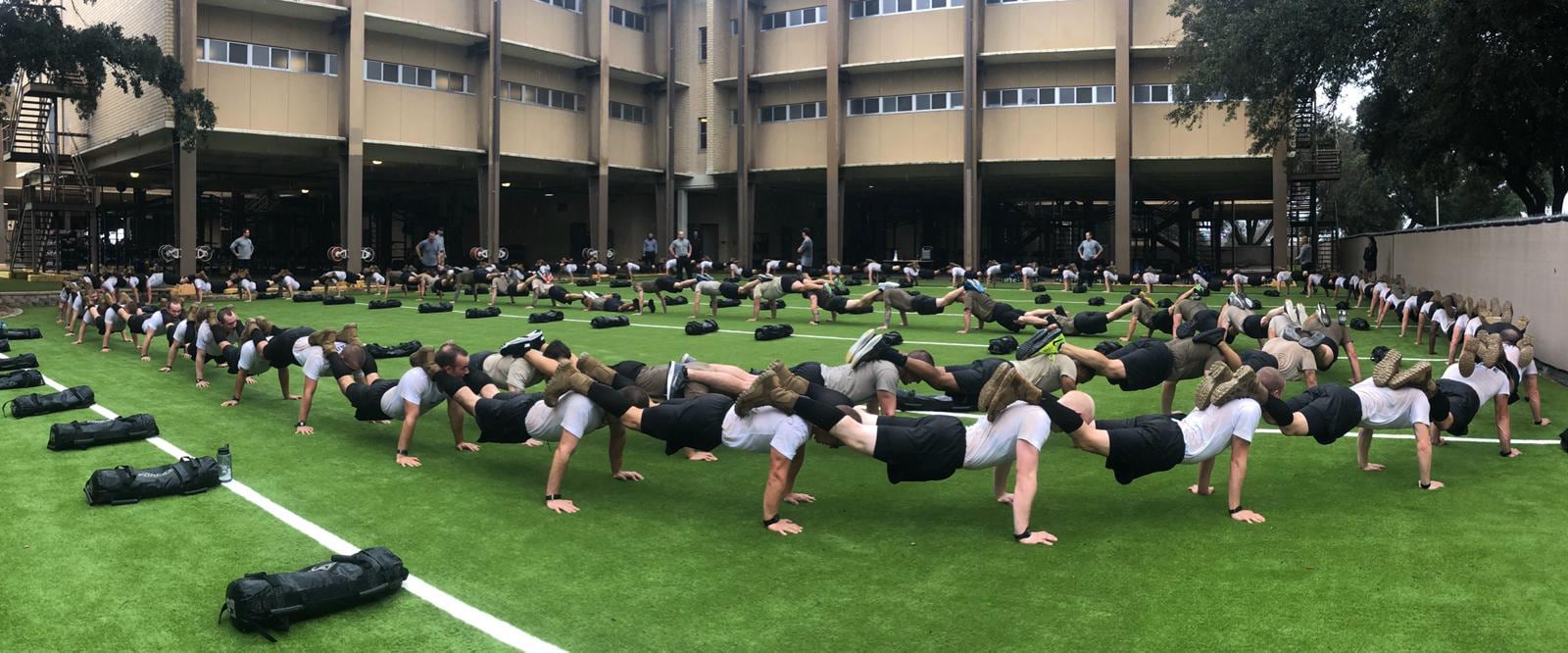
The PT test for all of special warfare has changed twice since 2016 as AFSOC tried to better measure “anaerobic capacity, power, agility and muscular strength,” the report said. The test designed for special tactics also changed once, at the squadron level, in anticipation of new standards that never became official.
Two days after the female airman started Army dive training in the Keys in May 2020, her squadron changed its special tactics fitness goals so that they exceeded those used by the broader community.
For instance, special tactics candidates needed to perform 12 pull-ups rather than eight, and deadlift 300 pounds rather than 225 pounds, the IG report said.
RELATED
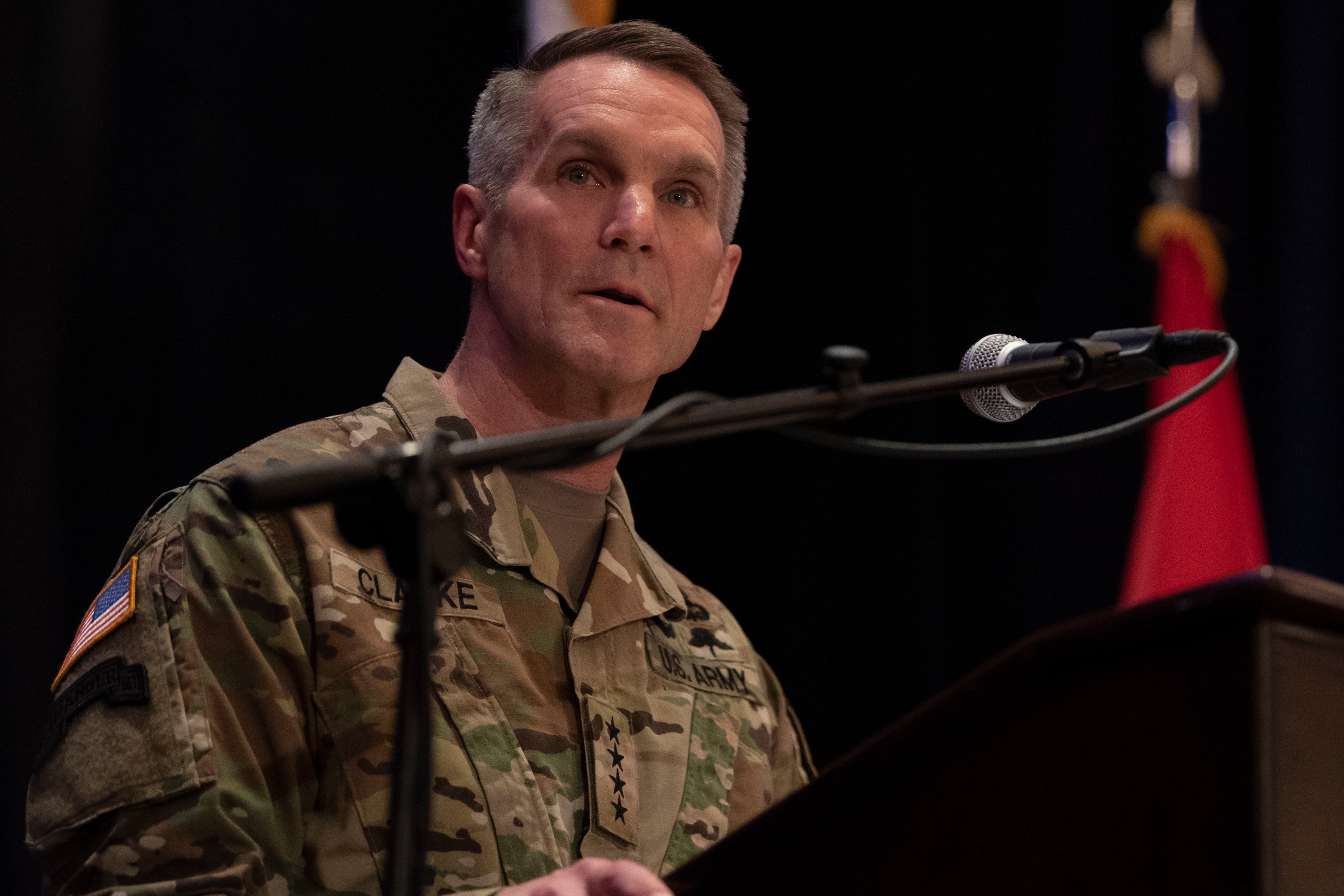
After a male candidate did 11 pull-ups in Combat Control School — three more than the special warfare standard but one fewer than the special tactics requirement — and failed the course, a slate of recently arrived commanders wondered why the PT criteria didn’t match up across the enterprise, the report said.
The Air Force tried to close the gap between the different criteria in February 2021 but worried it would create more confusion.
“A review of internal emails shows that 24 SOW and SWTW leadership expressed concern about the changing fitness standards in the training pipeline and unclear implementation strategy,” the report said. “Leadership testified they were concerned with holding [special tactics] students to a higher pull-up and trap bar deadlift standard than the [special warfare PT test].”
Instead of raising the bar for special warfare airmen, the training wing adopted slightly lower standards for special tactics so the two would match. It would serve as an interim fix while more challenging goals were tested throughout 2021.
Slife, the AFSOC commander, has publicly pushed back on the idea that special tactics is getting soft.
“We do make changes in how we train airmen in order to improve the effectiveness of our training, but we do not lower our standards. … Period,” he wrote.

Still, the waffling created problems for the female airman, who started the apprentice course at Pope shortly after the requirements dropped to eight pull-ups and a 220-pound deadlift.
“I believe the change in standards invalidated me with a majority of my team,” she said in comments previously reported by Air Force Times. “We were not told any standards, and I lifted 250 lbs. Since I passed, they believed the standards had been bent for me.”
The annual PT test for all special warfare airmen was most recently updated in February, Air Force spokesman Col. Todd Vician said Tuesday.
Its minimum performance standards in each category include: a 3-mile, 60-pound ruck march completed in 49 minutes or less; a 76-inch standing long jump; 5.5-second agility drills; a 270-pound deadlift; 10 pull-ups; 29-second farmer’s carry with two 53-pound kettlebells; an 80.5-second shuttle run; and either a 1,500-meter swim under 42 minutes, 50 seconds, or a 1.5-mile run under 12 minutes, 17 seconds.
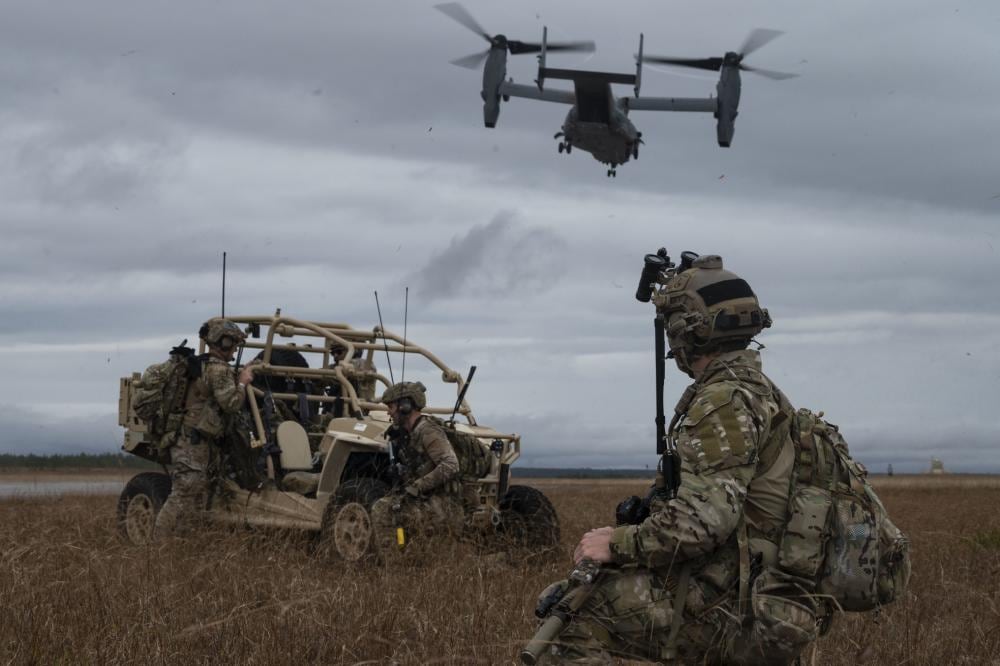
‘Leave her alone’
The investigation refuted other related claims, including that she was offered a place in a special mission unit without applying and that it was wrong to single her out to write an after-action report on her experiences.
The IG also dismissed the idea that the woman is unfairly being pushed through training to satisfy Pentagon and congressional leaders, and that more interest amounts to preferential treatment.
Five women are currently progressing through special warfare training, the report noted. Three women are special tactics officer candidates, including the captain at the heart of the investigation; one is an enlisted special reconnaissance candidate and another is an enlisted tactical air control party candidate.
Air Education and Training Command gets monthly updates on women in special warfare training, as do U.S. Special Operations Command and the Air Force chief of staff about four times a year under an earlier Pentagon mandate. The service sends new information on the initiative to the defense secretary each year as required in the 2016 order to integrate combat ground forces.
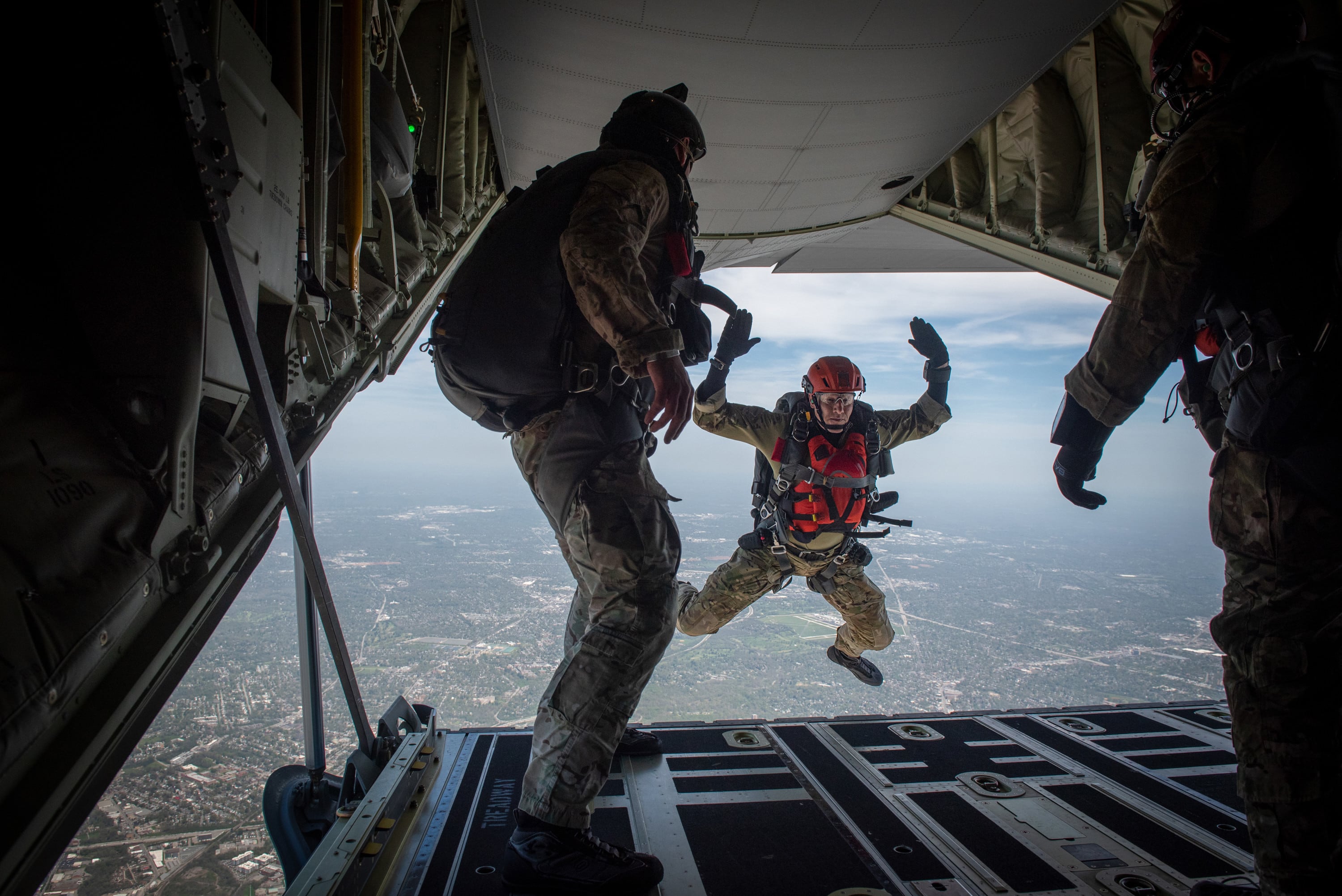
The Air Force is not required to report weekly or monthly updates on female special warfare candidates to Congress, contradicting the anonymous letter’s allegations, the report added.
Rather, the squadrons have been bombarded with official and unofficial requests for information on trainees, which may have caused people to think commanders wanted updates on female airmen more often, the report said.
“It wasn’t just about females,” one witness told the IG. “Everyone and their brother felt like they had something to say, something to offer, a critique or a question. … It was downright intolerable, the amount of people that were all up in our [business].”
Slife told investigators that 24th Special Operations Wing leaders tried to “leave her alone,” “protect her from … scrutiny” and “let her get through training the way everybody else gets through training.”
Rachel Cohen is the editor of Air Force Times. She joined the publication as its senior reporter in March 2021. Her work has appeared in the Washington Post, the Frederick News-Post (Md.), Air and Space Forces Magazine, Inside Defense, Inside Health Policy and elsewhere.
